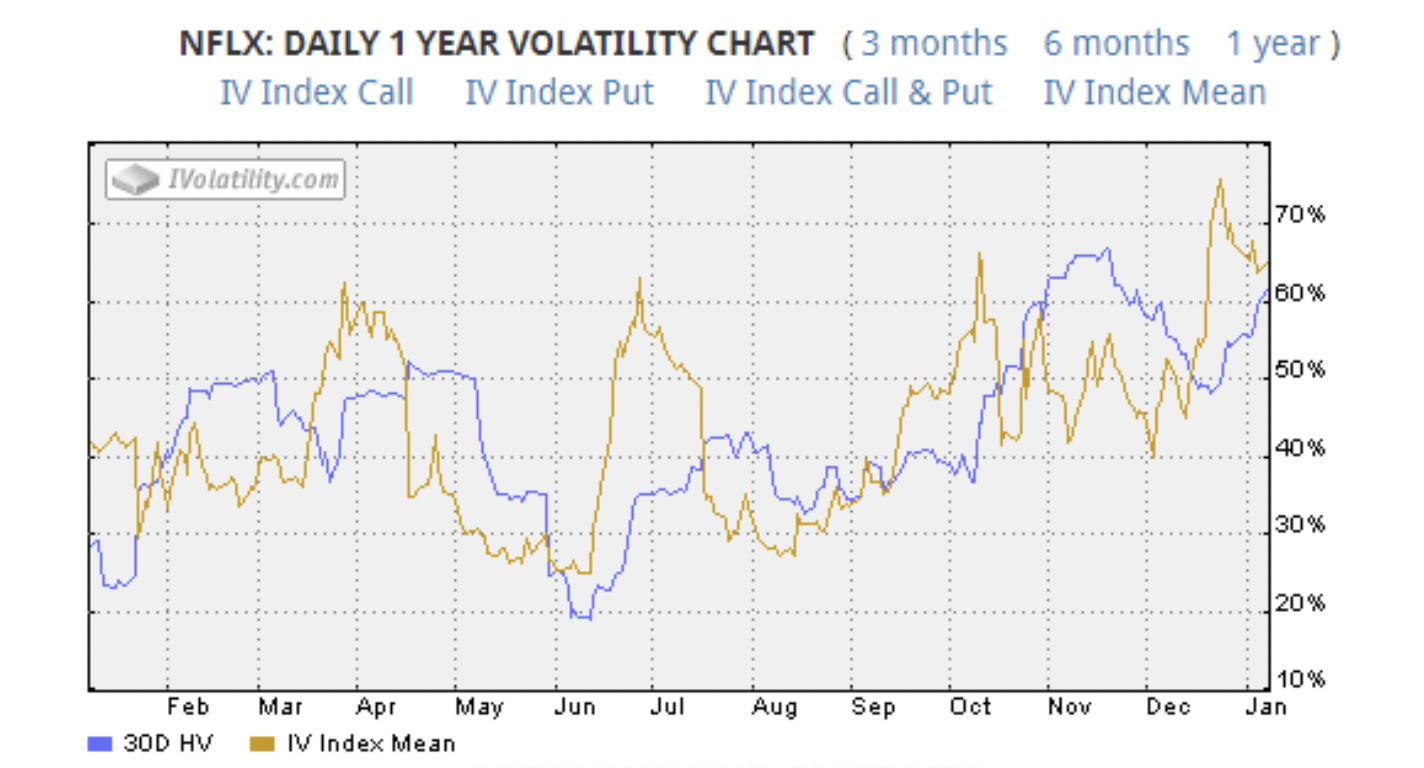It’s that time of year again; earnings season. Things kicked off this week with the big banks such as “JPM Morgan (JPM - Get Rating)”, “Bank America (BAC)” and “Goldman Sachs (GS).
Next week tech will start taking center stage with “Netflix (NFLX)” and “IBM (IBM)” two of the notable names reporting.
After a few months of being waffled and swayed by trade talk, geo-political events and Central Bank interventions it will be nice to hear directly from the corporate leaders how their companies are doing and what their expectations are for 2020.
Earnings can be very tricky to trade as there are many moving and unknown parts; will the company miss or beat expectations, what will be the guidance, will traders ‘sell the news’ in profit-taking and will the recent overall market volatility override the results.
The banks I mentioned all beat estimates by a healthy amount, yet the stocks are all a bit lower than prior to the reports. Given they had all run-up in the weeks heading into the event this seems to an example of sell the news.
It highlights that even I told you the numbers beforehand you still not be able to profit. But there is one predictable pricing behavior that savvy options trader use to produce steady profits.
The biggest mistake novices make is purchasing puts or calls outright as a means of directional “bet.” They are usually disappointed with the results as even if the stock moves in the predicted direction the value of the option can actually decline and result in a loss despite being “right.”
Don’t Get Post Earnings Premium Crushed
The problem is that they failed to account for the Post Earnings Premium Crush (PEPC), which is my label for how the implied volatility contracts sharply, immediately following the report no matter what the stock does.
You can see the repeating pattern of implied volatility of Netflix’s options spiking and retreating on the quarterly reports.

Source: iVolatlity.com
You’ll often hear traders cite what percentage move options are “pricing in” on the earnings. The quick back-of-the-envelope calculation for gauging the magnitude of the expected move is to add up the at-the-money straddle.
This article does a great job of explaining how to use the straddle to both assess expectations and potentially profit.
Once option traders are armed with this bit of knowledge, they to advance to use spreads to mitigate the impact of PEPC when looking to make a directional bet. Some will graduate to getting this predictable pricing behavior in their favor by selling premium via strangles or the more sensible limited risk iron condors. But these strategies still carry the risk of trying to predict if not the direction, than the magnitude of the move.
Here’s a list of the historically most volatile stocks following earnings reports. Which means they are likely to see both the largest increase in implied volatility leading up to earnings, and the largest PEPC.
The Pre-Earnings Trade
The true professionals pursue a safer and more reliable path of positioning in anticipation of the increase in implied volatility that precedes earnings and avoids the actual event altogether. Just as PEPC is predictable, so is the pumping up of premium leading into the event. It’s just more subtle, in that it occurs incrementally over the course of many days.
One strategy for taking advantage of rising IV leading into earnings is calendar spread, in which you sell an option that expires prior to the earnings while simultaneously purchasing one that expires after the event. Like any calendar spread it will benefit from the accelerated decay of the nearer dated options sold short. But as earnings approach, the option that includes the earnings will see its value of the spread to increase. To keep the position delta neutral, both put and call calendars should be established.
These positions must be established in advance and closed before the actual earnings. The profits might not be as dramatic as catching a huge post earnings move but they can be substantial. More importantly, they can be consistent and have a high probability.
With weekly options there should be plenty of situation in coming weeks to take advantage of the rise in IV leading into earnings. This site provides a good starting point of a list of names and their options specific pricing tendencies.
With most offering weekly options there should be plenty opportunities for double calendars. As always, do your own research and confirm the reporting dates. But, this offers a great starting point.
Just remember, a big move doesn’t guarantee a profit, you still have to get the direction and what the options expectations were pricing in. Good luck, and happy earnings.
JPM shares were trading at $136.31 per share on Wednesday afternoon, down $2.49 (-1.79%). Year-to-date, JPM has declined -1.59%, versus a 1.94% rise in the benchmark S&P 500 index during the same period.
About the Author: Option Sensei

Steve has more than 30 years of investment experience with an expertise in options trading. He’s written for TheStreet.com, Minyanville and currently for Option Sensei. Learn more about Steve’s background, along with links to his most recent articles. More...
More Resources for the Stocks in this Article
| Ticker | POWR Rating | Industry Rank | Rank in Industry |
| JPM | Get Rating | Get Rating | Get Rating |






